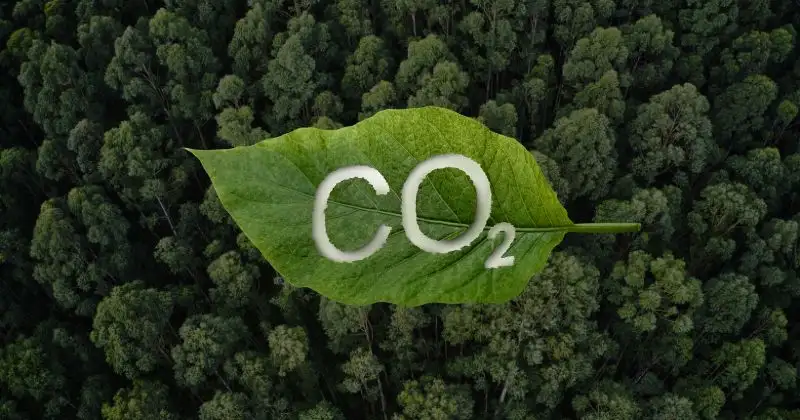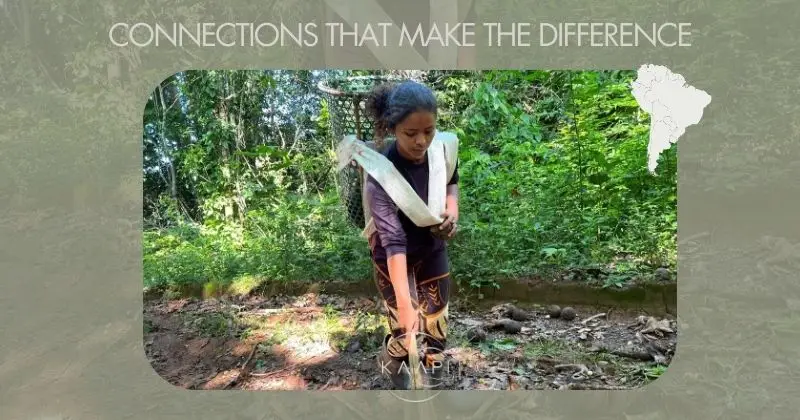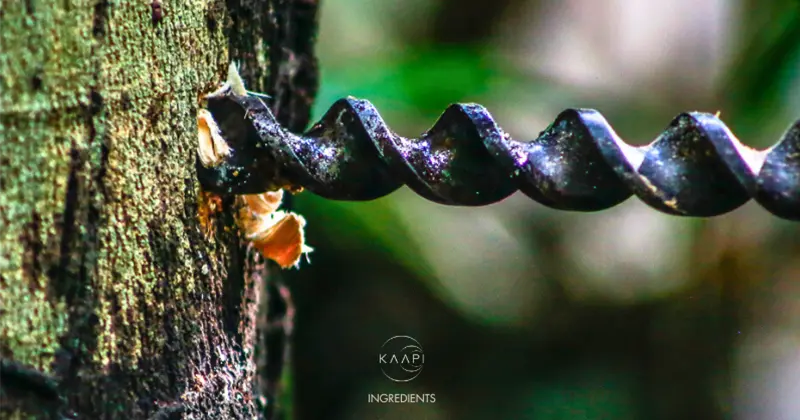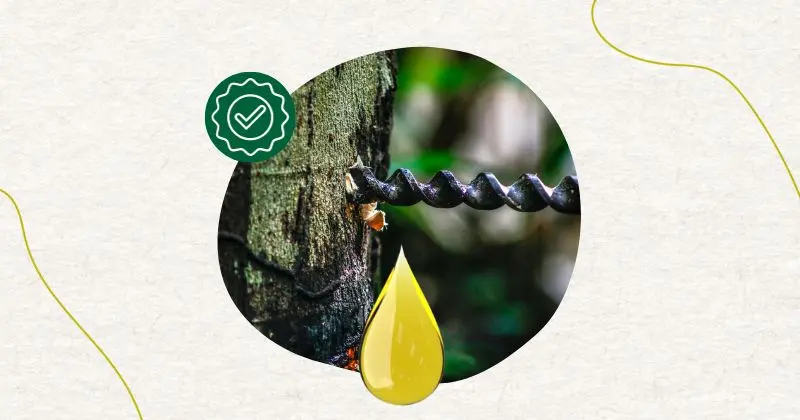Governments, non-governmental organizations, companies, self-employed professionals and citizens: they all have responsibilities when it comes to climate change. Among the necessary actions to combat climate changing is the search for processes that contribute to a low-carbon economy. That’s what Kaapi Ingredients has been doing.
And this commitment is not new. It began in 2021, when the company started an inventory to measure the CO2 emissions throughout its business chain – from the extraction of the raw materials to the delivery of the ingredient to the final customer.
The Carbon Inventory was the starting point for mapping, quantifying and registering the sources of greenhouse gas emissions. It is a strategic document and it contains the actions and targets for reducing carbon dioxide emissions.
Recently, Kaapi Ingredients completed its Carbon Inventory — and there’s plenty to celebrate!
Carbon Inventory: neutralization in scopes
Since its founding, Kaapi Ingredients has implemented actions towards sustainability and the preservation of the environment. But now, with the conclusion of the Carbon Inventory, the company is able to accurately assess how effective its offsetting actions were in terms of total emissions. The result is that Kaapi Ingredients is zero carbon for scope 1 and 2, which are the scopes considered mandatory for companies that want to monitor their emissions.
Scope 1 represents direct emissions, meaning, the amount of carbon dioxide emitted by the company’s own activities (considering processes, use of machinery and own vehicle fleet, for example). Scope 2 refers to indirect emissions related to electricity consumption.
Which Kaapi actions had an impact on carbon neutrality?
Carbon compensation by Kaapi Ingredients has been done through the planting of riparian forests. The project began in 2021, in partnership with Associação Ambientalista Copaíba, an entity that carries out serious, broad and responsible work to transform degraded areas into forestated areas.
The action carried out annually has generated compensation of 47 tons of carbon per year. But the work of restoring native forests in regions with a low rate of native forests offers other advantages in addition to carbon sink. They are:
- Protection of water, with improvements in the quality and quantity of water available to living beings;
- Preservation of riverbanks and soil;
- Recomposition of biodiversity and preservation of native flora and wild fauna;
- Improvement of the microclimate, through the increase of air humidity and decrease of the thermal amplitude in the microregion.
The planting of riparian forests will continue, as Kaapi Ingredients keeps its commitment to neutralize emissions for scopes 1 and 2.
In addition, the company is looking at the best ESG practices in the market in order to understand the best way to act in Scope 3, which relates to sources of external liability issues.
If you want to know more about Kaapi’s projects and the sustainable extraction of Brazilian ingredients, visit here or contact us! Sustainability is the foundation of Kaapi!




